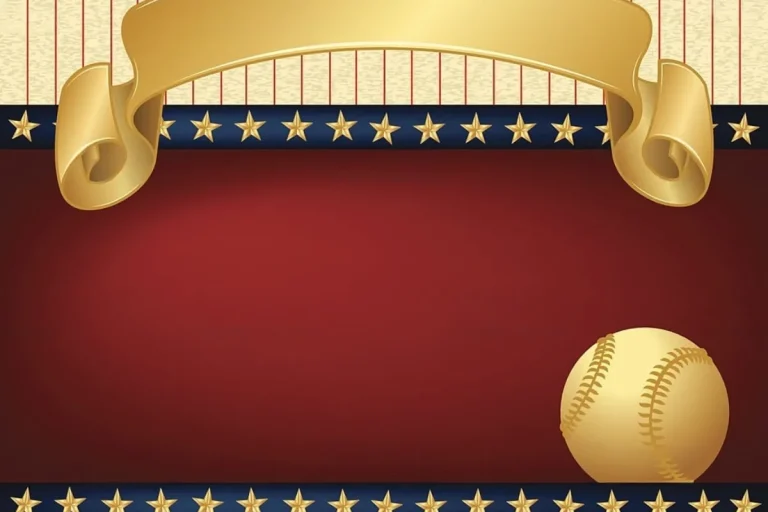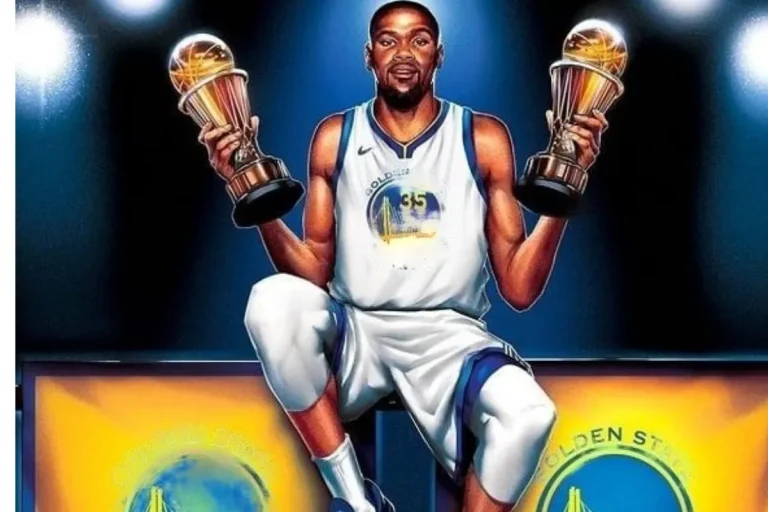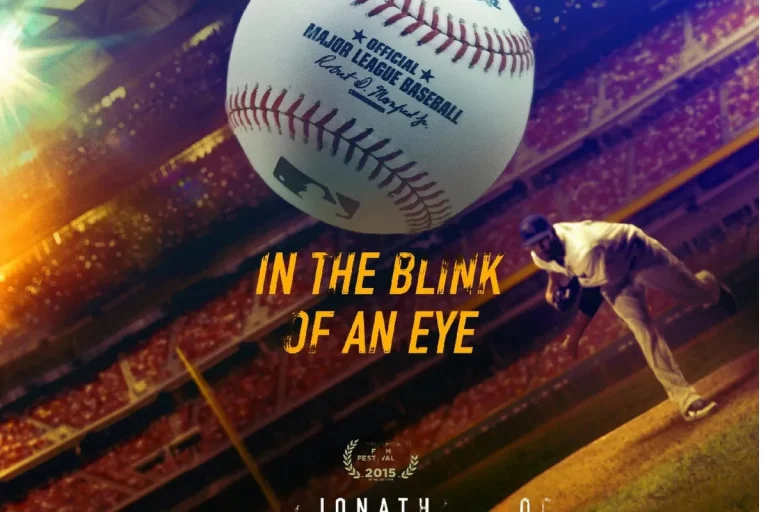What happens when you get hit in the face with a baseball
Baseball, a beloved sport enjoyed by millions around the world, brings excitement and camaraderie to players and fans alike. However, amidst the thrill of the game, there are inherent risks involved, particularly when it comes to facial injuries. Have you ever wondered what happens when you get hit in the face with a baseball? In this article, we will delve into the potential injuries, immediate steps to take, preventive measures, and the recovery process. By understanding the risks and knowing how to protect yourself, you can continue to enjoy the game while staying safe.
How Common Are Baseball Facial Injuries?
Baseball facial injuries, unfortunately, are not uncommon occurrences in the sport. The fast pace of the game, combined with high-speed pitches and powerful swings, increases the risk of getting hit in the face with a baseball. According to statistics, there are a significant number of reported cases of facial injuries in baseball every year.
In a study conducted by the American Academy of Pediatrics, it was found that facial injuries accounted for approximately 10% to 20% of all baseball-related injuries. These injuries ranged from minor cuts and bruises to more severe fractures and dental injuries. The study also revealed that amateurs, particularly younger players, were more susceptible to facial injuries compared to professional players.
Comparing injury rates between amateurs and professionals, it was discovered that amateurs had a higher incidence of facial injuries. This can be attributed to several factors, including less experience, inadequate protective gear, and a lack of proper training in technique and safety. On the other hand, professional players, who have access to better equipment and undergo rigorous training, have lower injury rates. Nonetheless, it is important to note that even professional players are not immune to facial injuries in baseball.
What Are the Potential Injuries when Hit in the Face with a Baseball?
When hit in the face with a baseball, the potential injuries can range from mild to severe, each with its own set of consequences. Facial fractures are one of the most common injuries, which can occur in the bones of the nose, cheekbones, or jaw. These fractures can cause pain, swelling, difficulty breathing, and may require surgical intervention for proper healing.
Dental injuries are also prevalent when a baseball strikes the face. This can result in chipped, cracked, or knocked-out teeth. Not only can this cause immediate pain and difficulty eating, but it may also lead to long-term dental complications, such as infections or the need for extensive dental work.
Eye injuries are another serious concern. A baseball impact can cause damage to the eye socket, resulting in vision impairment or even blindness. In some cases, the force of the impact can cause the eyeball to rupture, requiring immediate medical attention to prevent permanent damage.
Soft tissue injuries, such as cuts, bruises, and lacerations, are common when hit in the face with a baseball. While these injuries may not be as severe as fractures or eye injuries, they can still cause pain, scarring, and potential infections if not properly treated.
What Are the Immediate Steps to Take after Being Hit?
If you find yourself in the unfortunate situation of being hit in the face with a baseball, it is crucial to take immediate action. The first and most important step is to seek medical attention. Even if the injury seems minor, it is best to have a healthcare professional assess the situation to rule out any underlying complications or potential long-term damage.
Applying first aid can help alleviate immediate pain and reduce the risk of further injury. This may include gently cleaning any wounds or cuts with mild soap and water, applying a clean cloth or sterile bandage to control bleeding, and using a cold compress or ice pack to reduce swelling. However, it is important to avoid applying excessive pressure or manipulating any potentially fractured bones.
Controlling bleeding and swelling is essential to minimize further damage and promote healing. If bleeding persists, applying gentle pressure with a clean cloth or bandage can help stem the flow. Swelling can be reduced by applying a cold compress or ice pack wrapped in a thin cloth for short intervals, taking breaks in between to prevent frostbite or skin damage.
Protecting the injured area is vital to prevent additional trauma. Avoid any activities that could further aggravate the injury, such as playing sports or engaging in physical exertion. It is also crucial to avoid touching or probing the injured area, as this can increase the risk of infection or worsen the injury.
How Can Facial Injuries from Baseball be Prevented?
Preventing facial injuries from baseball should be a top priority to ensure the safety of players. Wearing appropriate protective gear, such as helmets and face masks, is crucial. These protective measures can significantly reduce the risk of facial fractures, dental injuries, and eye injuries by providing a barrier between the face and the impact of the baseball.
Proper technique and training are essential in minimizing the risk of facial injuries. Coaches and trainers should emphasize the importance of using correct form when batting, catching, and throwing. Teaching players how to position themselves properly and execute techniques safely can help reduce the chances of errant balls hitting the face.
Maintaining awareness and focus during the game is imperative. Players should always keep their eyes on the ball, even when not directly involved in a play. This heightened awareness can help players react quickly and protect themselves in case of unexpected ball trajectories. Distractions should be minimized, and players should avoid turning their backs to the field.
Coaches, parents, and leagues play a vital role in enforcing safety guidelines. It is crucial for them to advocate for and implement measures that prioritize player safety. This can include mandating the use of protective gear, providing proper training and education, and regularly inspecting equipment for safety compliance. By creating a culture of safety, the risk of facial injuries from baseball can be significantly reduced.
Recovering from a Baseball Facial Injury
Recovering from a baseball facial injury can be a challenging process, but with the right medical treatments and procedures, it is possible to regain health and functionality. Depending on the severity of the injury, medical interventions such as stitches, sutures, or surgery may be necessary to repair any fractures, lacerations, or other damage to the facial structures. These procedures are crucial in promoting proper healing and reducing the risk of long-term complications.
Once the initial medical treatments are complete, rehabilitation and physical therapy play a vital role in the recovery process. These therapies focus on restoring strength, mobility, and coordination in the affected areas. Special exercises and techniques are employed to gradually improve muscle function and reduce any pain or discomfort. Following a structured rehabilitation program under the guidance of healthcare professionals is essential for a successful recovery.
It is important to acknowledge the psychological impact of a facial injury and implement coping strategies to address any emotional challenges that may arise. Facial injuries can negatively affect self-esteem and body image, leading to feelings of anxiety, depression, or social isolation. Seeking support from loved ones, joining support groups, or consulting with mental health professionals can provide valuable guidance and assistance in navigating the emotional aspects of recovery.
How Can Players Overcome Fear or Anxiety after a Facial Injury?
Overcoming fear or anxiety after a facial injury is a crucial step in the recovery process. Post-traumatic stress and anxiety are common psychological responses to experiencing a traumatic event like a facial injury. It is important to acknowledge and address these emotions to prevent them from hindering the player’s ability to return to the game.
Strategies for managing fear and anxiety can be helpful in regaining confidence and reducing psychological barriers. Gradual exposure to the sport, starting with less intense activities and gradually progressing to full participation, can help players rebuild trust in their abilities and alleviate anxiety. Setting achievable goals, practicing relaxation techniques, and positive self-talk are also effective strategies for managing fear and anxiety.
Seeking professional help is essential if fear or anxiety persists or significantly impacts daily life. Mental health professionals, such as therapists or counselors, can provide guidance and support in developing coping mechanisms and overcoming psychological obstacles. They can help players process their emotions, challenge negative thoughts, and develop strategies to manage anxiety effectively.
Success stories of players who have overcome fear and returned to the game can be inspiring and motivating. Hearing about others who have faced similar challenges and triumphed can instill hope and belief in one’s own ability to overcome fear or anxiety. These stories serve as a reminder that with determination, perseverance, and the right support, it is possible to regain confidence and enjoy the game once again.
What are the immediate steps to take when hit in the face with a baseball?
Seek immediate medical attention, apply pressure to control bleeding, and avoid touching or moving any potential fractures.
What are the common facial injuries caused by a baseball impact?
Common facial injuries include fractures of the nose, cheekbones, or jaw, lacerations, bruising, and eye injuries such as orbital fractures or corneal abrasions.
How can a facial injury from a baseball impact affect vision? A
facial injury can cause temporary or permanent vision problems, such as blurred vision, double vision, or sensitivity to light. Prompt evaluation by an eye specialist is recommended.
What are the potential complications that can arise from a baseball facial injury?
Potential complications include infection, nerve damage, loss of sensation, scarring, and long-term functional or cosmetic issues. Timely medical attention helps minimize these risks.
When can a player typically return to playing baseball after a facial injury?
The return to play timeline depends on the severity of the injury. It is crucial to follow medical advice and allow sufficient time for proper healing and rehabilitation before resuming physical activity.
Conclusion
The consequences of getting hit in the face with a baseball can be severe and long-lasting. It is crucial to recognize the potential injuries and their implications. By taking preventive measures, such as wearing appropriate protective gear and practicing proper techniques, you can significantly reduce the risk of facial injuries. Additionally, seeking immediate medical attention and following proper recovery protocols are essential for a successful rehabilitation process. Remember, while accidents can happen, it’s important to stay cautious, prioritize safety, and continue enjoying the game of baseball. So play smart, protect yourself, and let the love for the sport continue to bring joy and camaraderie to your life.




